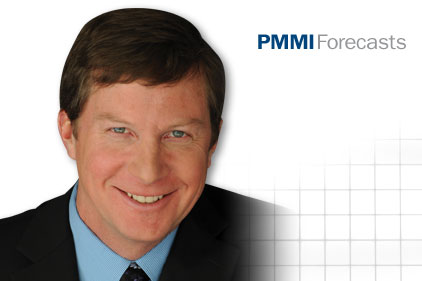 With unprecedented innovation driving the consumer goods industry, shoppers have more options on market shelves than one could have imagined 30 years ago. At the same time, evolutions in packaging technology and marketing have dramatically shifted consumers’ buying decisions, making stand-out packaging an absolute necessity in today’s marketplace.
With unprecedented innovation driving the consumer goods industry, shoppers have more options on market shelves than one could have imagined 30 years ago. At the same time, evolutions in packaging technology and marketing have dramatically shifted consumers’ buying decisions, making stand-out packaging an absolute necessity in today’s marketplace.
As we look to the future, we can expect several packaging trends to continue driving innovation, all with the goal to win buyers in the grocery aisles:
Going green
Our society’s focus on a product’s recyclability and the environmental impact of product manufacturing will continue to be at the forefront for the packaging industry. Within our Contract Manufacturing division at Dairy Farmers of America, all excess aluminum, glass bottles and cardboard are recycled, and we’ve taken numerous measures across our plants to reduce our energy consumption and waste. But for the most part, consumers aren’t exposed to that activity when they’re making a buying decision.
They’re looking for indicators on packaging that the container is recyclable, as well as made with recyclable or plant-based materials. The beverage can, for example, can go from the consumer’s hands, the recycling process and then back on the retail shelf in 60 days. Buyers have also begun to show an interest in package manufacturing that utilizes stringent earth-friendly practices, such as being carbon neutral.
Single-serve aseptic plastic
As more and more brands embrace the ability to deliver shelf-stable products, consumers are exposed to a broader array of choices. This helps make purchasing beverages they previously wouldn’t have considered finding outside the refrigerator case a more viable option, such as shelf-stable milk.
Consumers are demonstrating a strong interest in single-serve beverages that support their busy lifestyles. The light and compact packages available through single-serve aseptic plastic have increasingly sparked consumers’ interest and continue to be allotted more shelf space by grocers for the on-the-go lifestyle of today’s consumer.
Even as their interest for single-serve options increase, consumers continue to remain mindful of the product’s environmental impact. Consumers are also finding they can reduce waste by shifting to smaller single-serve packages. As education on the recycling options for aseptic packaging increases, we can expect to see consumer acceptance of these new options and products to increase as well.
BPA-free
Consumer demand for bisphenol A (BPA)-free options is on the rise and will continue to drive manufacturers to find alternatives for the substance. Interestingly, as the demand rises for BPA-free packaging, so has the demand for easily-recycled containers, which have been historically lined with BPA for product preservation. For the foreseeable future manufacturers will find themselves challenged with answering the growing demand for finding alternatives to BPA that provide similar functionality.
From reviewing packaging for recycling codes to limiting purchases to BPA-free options, consumers are driving manufacturers to find new and innovative ways to approach production. That opens up a lot of opportunity, making it an equally challenging and rewarding time to be a part of this industry.
Darold Sauber is the director of business development for Dairy Farmers of America. The Cooperative’s Contract Manufacturing division works closely with some of the nation’s most recognizable brands to develop, test and produce a broad range of shelf-stable products in packaging such as steel, aluminum and glass. For more information about DFA and its contract manufacturing capabilities, visit www.dfamilk.com or call 417-829-2510.

